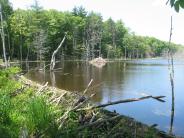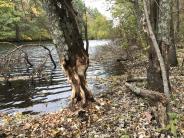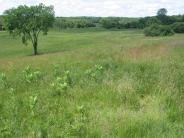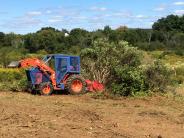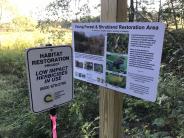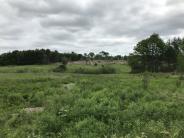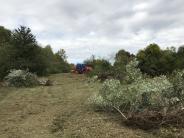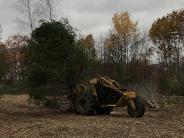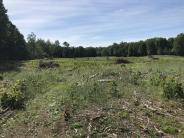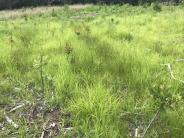-
Our Community
-
- Welcome Visitors About Durham's Community Climate Remembrance Project Diversity Welcome Statement Life in Durham Places to Stay Places to Eat Places to Park Transportation Schools Oyster River School District Welcome New Homeowners
- Durham Public Library Programs & Events Trails and Town Lands Conservation Commission Land Stewardship Conservation Lands & Parks Conservation Easements Trails Youth Organizations University of New Hampshire Durham Preservation Durham Historic Association
- Volunteer Town of Durham Land Stewardship Public Library UNH Cooperative Extension Churchill Rink Parks & Recreation Recreation Program Calendar Outdoor Recreation Activities Outdoor Recreation Sites Sustainable Durham Recycling Information Swap Shop Information Earth Day 2023
-
- Doing Business
-
Inside Town Hall
-
- Departments Assessing Building Business Office Code Enforcement Information Technology Planning Town Clerk/Tax Collector Parks & Recreation Boards, Commissions & Committees Agricultural Commission Conservation Commission Historic District/Heritage Comm. Other Boards & Committees Planning Board Zoning Board
- DCAT Media Productions DCAT Media - Programming DCAT Media Livestream Zoom Video Meeting Schedule Town Council Town Administration Public Hearings Public Safety Police Fire McGregor Memorial EMS (Ambulance)
- Public Works Engineering Division Operations Division Sanitation Division Water Division Wastewater Division Stormwater Town Directory Telephone Directory by Department Services Directory
-
-
Helpful Resources
-
- Quick Links Assessors Online Database Bids and RFP’s DCAT Media Productions GIS Digital Maps Jobs Online Services Parking Information Social Services Town Holidays Trash Pick Up Holiday Schedule Transfer Station & Recycling Center Information Curbside Refuse Collection by Street Zoom Video Meeting Schedule
- Town Documents Budget & CIP Forms & Applications Master Plan Tax Increment Finance (TIF) Districts Tax Maps Town Charter Town Code Town Reports Town Wide Master Fee Schedule Zoning Ordinance Voter Information
- Contact Us Cemetery Information Social Media Facebook Twitter Town Newsletter Friday Updates Town Meetings & Events Agenda and Minutes Calendar Public Hearing Notices State & U.S. Representatives
-
Wildlife Habitat
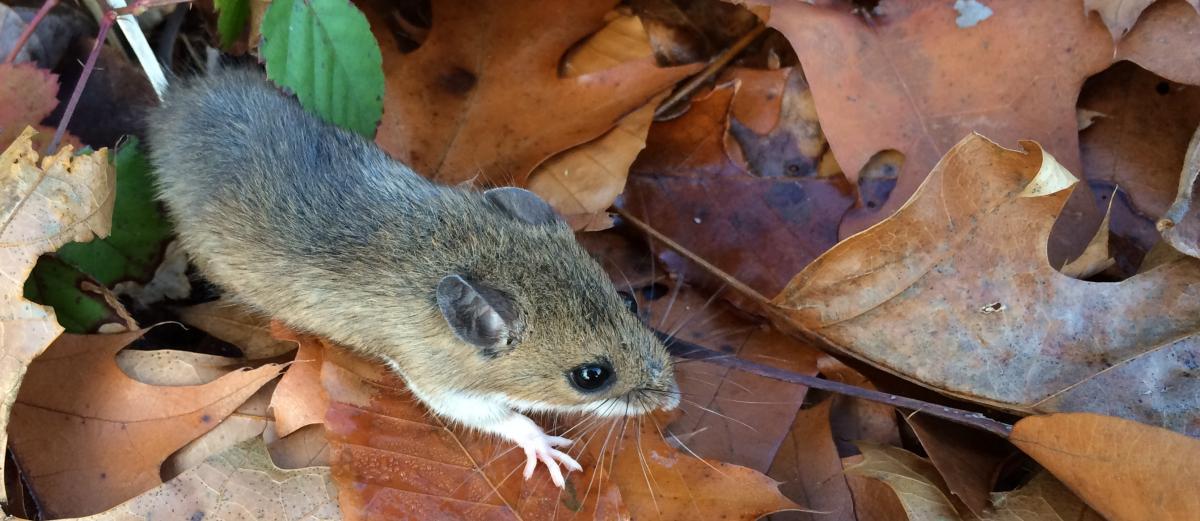
Wildlife need food, water, cover, and space to live and reproduce--collectively known as their habitat. Each species has unique habitat requirements, and the presence of a given species in an area varies depending on the availability of the habitat that they depend on. Wildlife food resources include aquatic and upland plants, fruits, seeds and nuts, insects and other animals, and nectar. All wildlife require water, almost daily, yet aquatic organisms clearly depend on it more than upland species. Cover provides protection from weather and predators and sites for nesting, resting, travel, and other activities. The juxtaposition of food, water, and cover determines the wildlife community that occurs in a given area. The ability of wide-ranging animals to move across the landscape—known as wildlife connectivity—is also important. Wildlife species diversity and abundance in a given area is often dependent on elements of habitat structure such as horizontal and vertical habitat diversity; the presence of cavities, other nest trees, and woody debris; and the variety of food resources.
The Town of Durham is actively managing several conservation areas to benefit wildlife and their habitats. With funding from the Natural Resources Conservation Service (NRCS) and NH Fish and Game, the Town has created a 60-acre meadow-shrub-young forest habitat on the Oyster River Forest and a 15-acre patch at the Thompson Forest to benefit New England cottontail, songbirds, bees and other pollinators, and other wildlife. The fields at Wagon Hill Farm are mowed in the fall to allow songbirds, monarch butterflies and other pollinators an opportunity to reproduce and migrate.
Wildlife stewardship plans guide management efforts on several town properties; see the supporting documents below.
If you are landowner interested in managing your land for wildlife, check out the weblinks below.
Click any thumbnail image to view a slideshow

